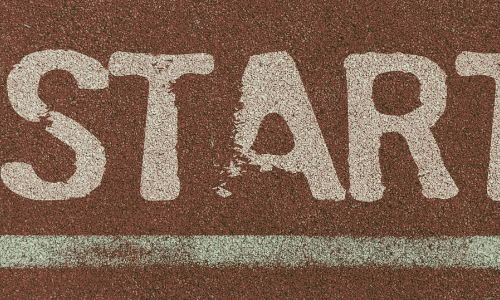
Expand Your Team Coaching Impact
Coaching is no longer confined to the executive suite. You’re being asked to guide managers, teams, and even entire departments.

Coaching is no longer confined to the executive suite. You’re being asked to guide managers, teams, and even entire departments.

For teams, storytelling is more than a communication tactic; it’s a framework for understanding dynamics, resolving conflicts, and strengthening interpersonal connections.

Many organizations believe they’ve laid out clear culture expectations. Yet, if we were to point them to actual behaviors, we might uncover a different reality.

Whether you have a healthy culture or are struggling with toxic behaviors — you must begin by surveying the culture to establish a clear starting point.

Many companies recognize the need to focus on their purpose, but don’t really understand what it means to be ‘purpose-led.’

What if something about your culture needs to change? How do you identify the needed change? And where do you begin?

Companies need flexibility. They need to bring together the right people and expertise for a specific effort, and they need to get project teams collaborating quickly. Outsourcing may be the answer.

Success coaching and mindfulness trainer Kim Perone shares how she uses Archetypes & the CultureTalk culture framework in personal and professional growth.

We speak with professional marketing strategist Susan Radzyminski about M&A integration, brand strategy, and bringing teams together through culture strategy.

Savvy HR officers and consultants are paying attention to the shifting priorities of the workforce. Authenticity and organizational culture are becoming increasingly relevant to recruiting and retaining talent.